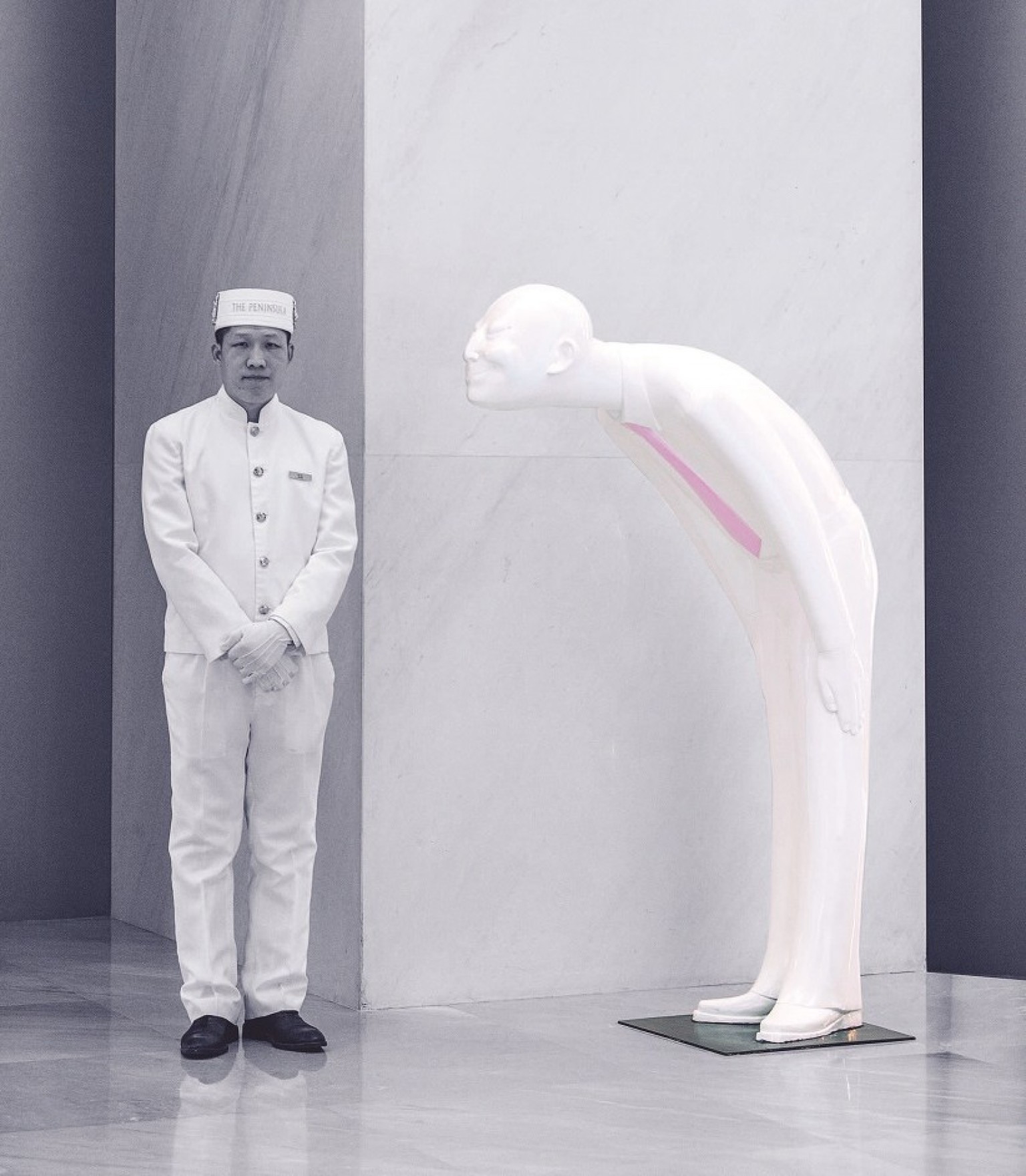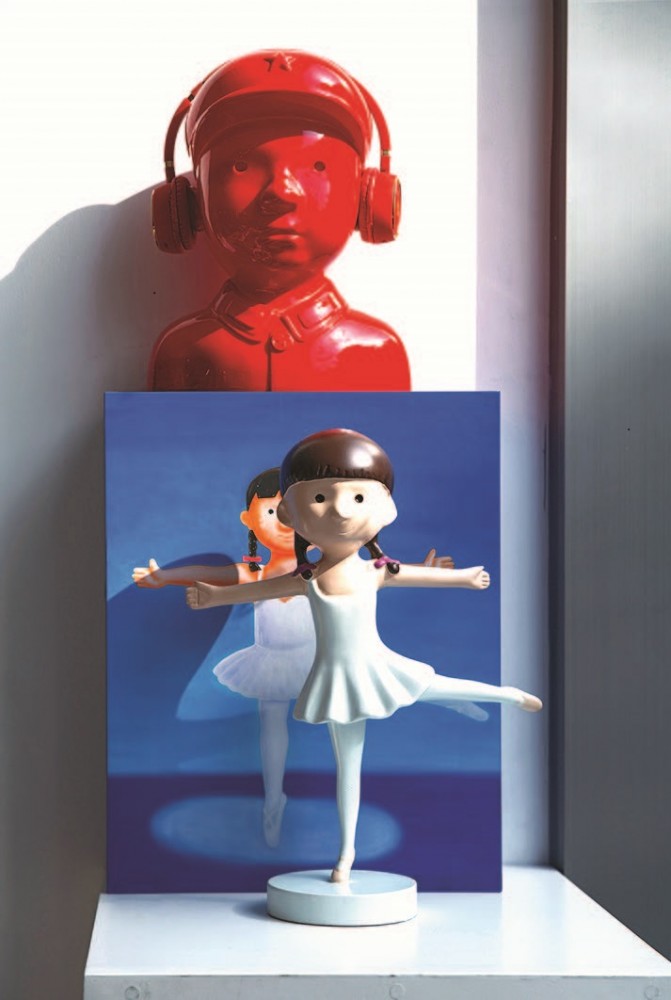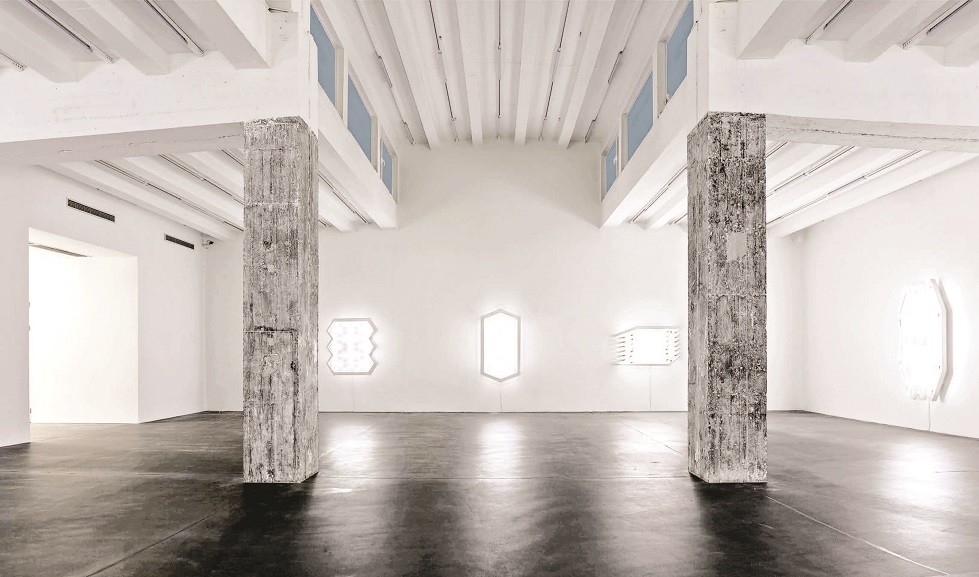Close to Home
Wallace is one of many Beijing gallerists who decamp each March for
Art Basel Hong Kong, which was first held in 2013. With a mix of homegrown and international artists, the art fair has made it easy for the mainland audience to see far more work and develop their tastes, Wallace says. That exposure to Western art as well as fashion, jewelry and other forms of design, has created a more sophisticated population that is starting to look beyond global brands to its own creators. In February, Business of Fashion reported that Chinese brands Nanjiren, Bosideng, Bauo and Chando beat out pricier foreign players as the top-selling brands on Alibaba-owned e-commerce platform Tmall during this year’s Spring Festival shopping sprees.
Similarly, Chinese artists are enjoying a surge of acclaim at home. “They are not looking outward as much for validation, as the domestic market has markedly matured and grown,” Maggio says. Still, names such as Qiu Zhijie, Liu Wei, Zhang Xiaogang, Cao Fei and Zeng Fanzhi are regulars on the international art scene, having participated in major biennales and exhibited at museums such as the Guggenheim, Centre Pompidou and Tate.
“I rarely enter a major Western collector’s home without noting an artist of Chinese and/or Asian ethnicity in their collections,” Maggio says. “The world no longer collects according to geography nor ethnicity. Artists exist in a globalized world.”
Where to see the best contemporary art in Beijing
The options for enjoying contemporary art in Beijing are plentiful, but be sure to factor heavy traffic into your plans. Time Out Beijing and That’s Beijing provide details on current exhibits and major art fairs.
798 Art District
The 798 Art District is a must not only for the Bauhaus architecture, the fashion obsessed gallery goers, and the refreshing indie vibe. The art runs from commercial to conceptual, with everything in between.
Central Academy of Fine Arts
Widely considered China’s best art school, CAFA is home to an art museum designed by Arata Isozaki (who did MOCA Grand Avenue in Los Angeles) that is worth a visit for the architecture alone.
Museum of Contemporary Art Beijing
MoCA Beijing is located in Songzhuang, “the village of 10,000 artists,” which holds its own annual arts festival in the fall. Year-round exhibits are often done in partnership with international museums.
National Art Museum of China
NAMOC’s mandate is to collect, research and exhibit historical and contemporary Chinese art, though its collections also include imperial works, costumes and kites.








